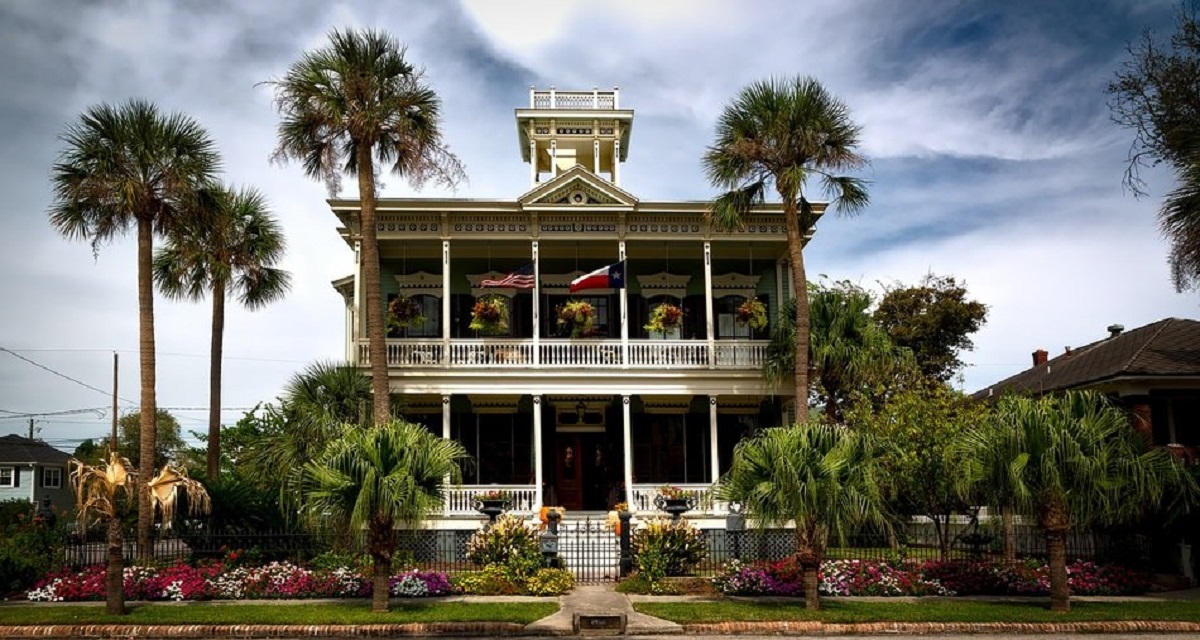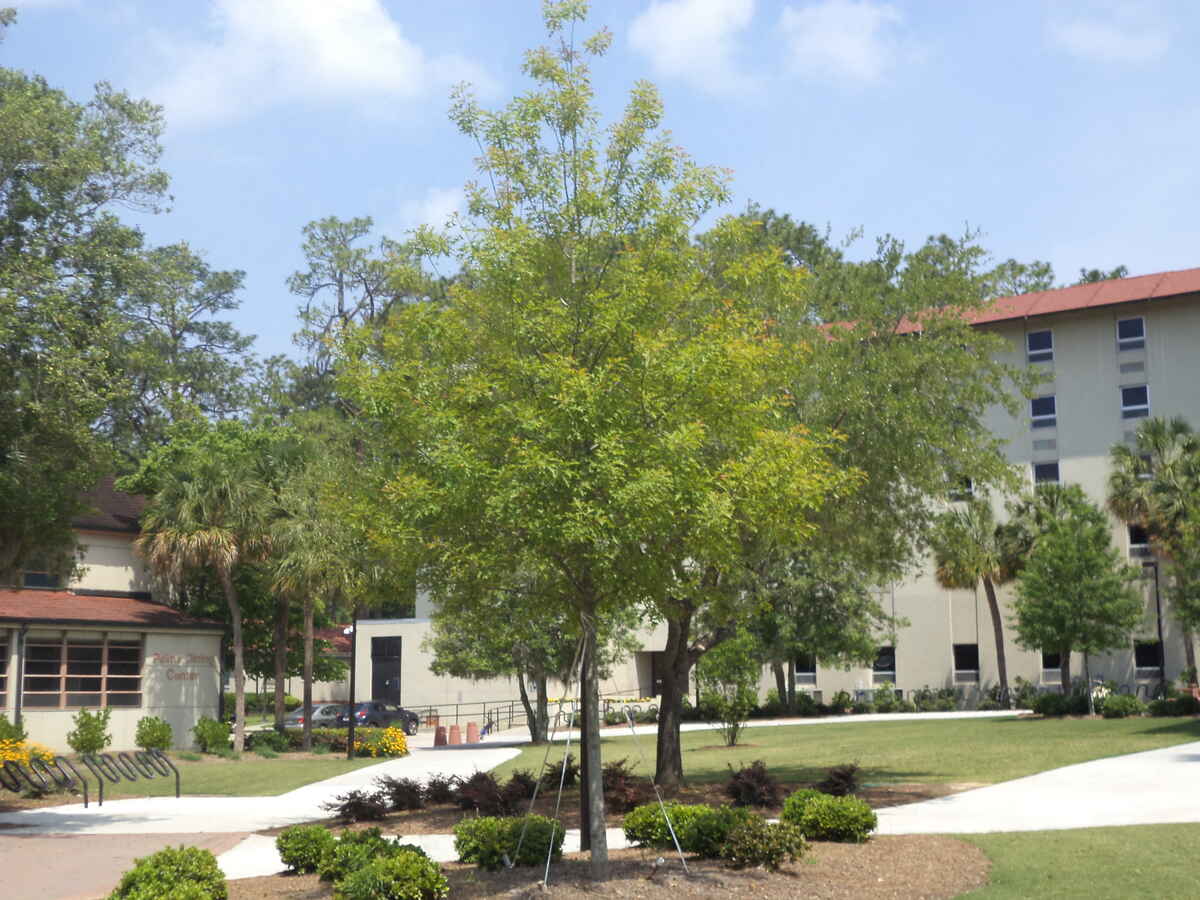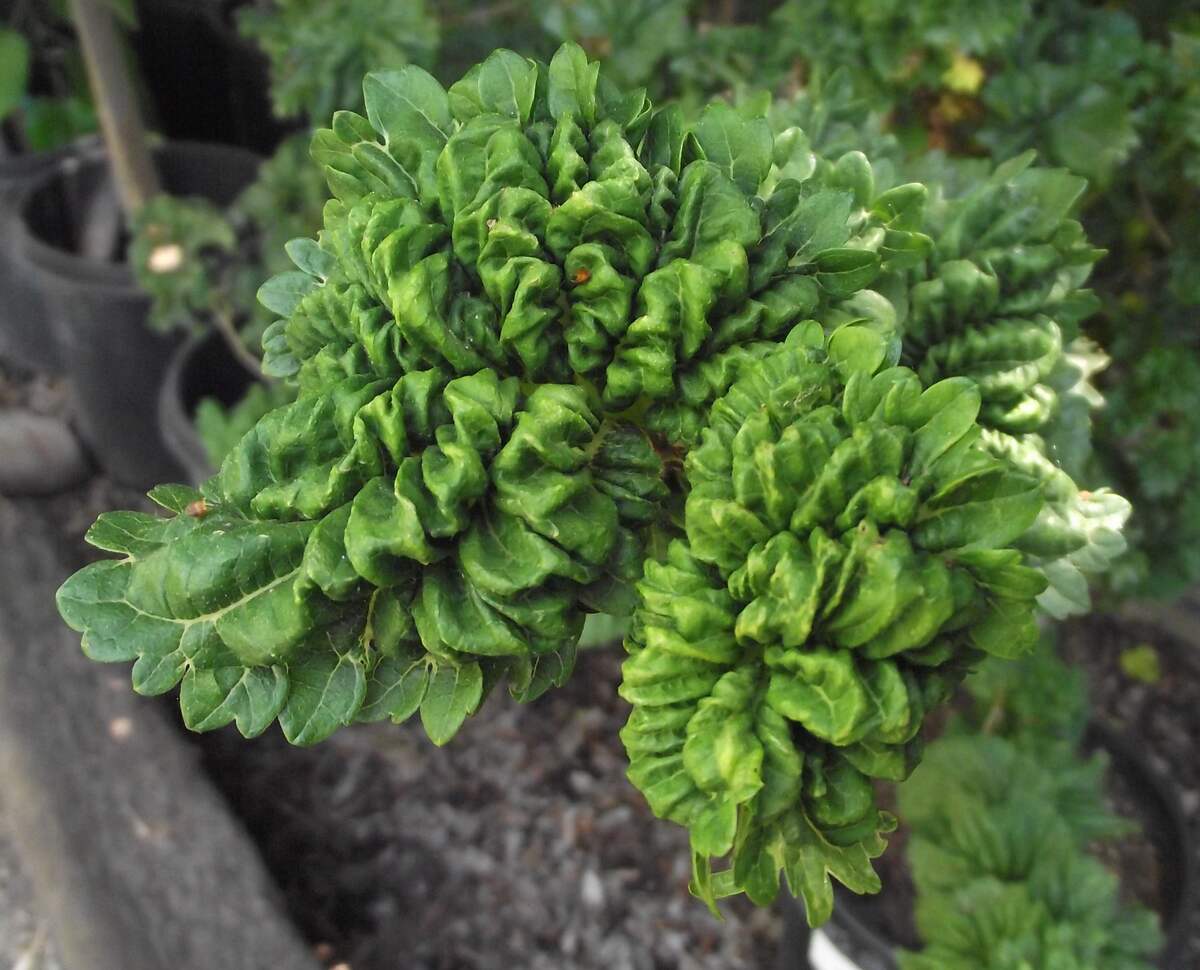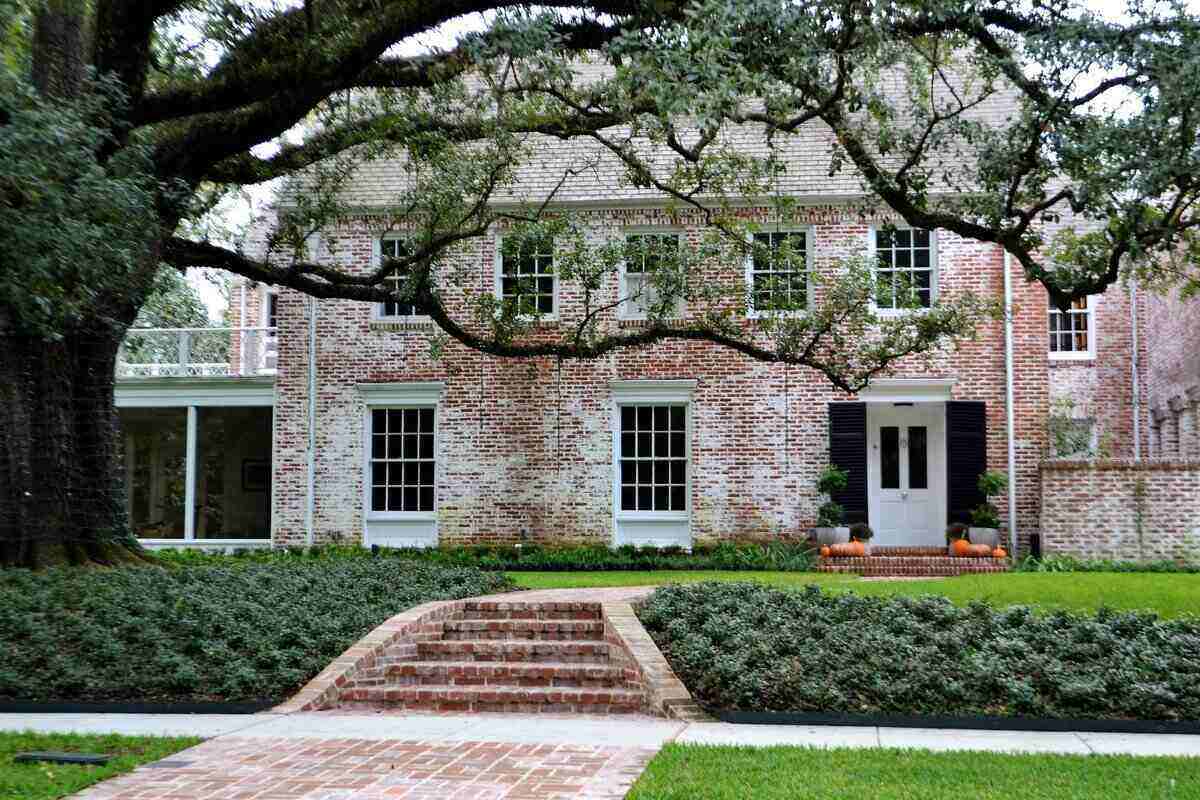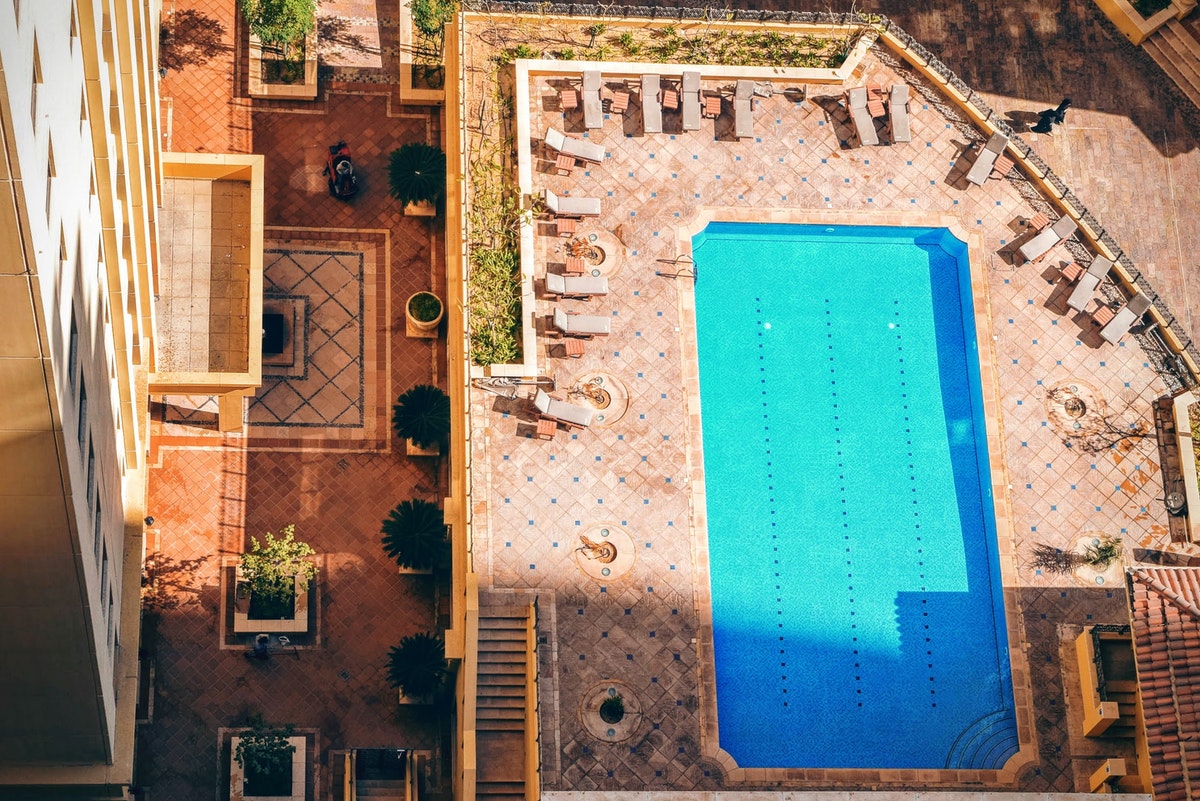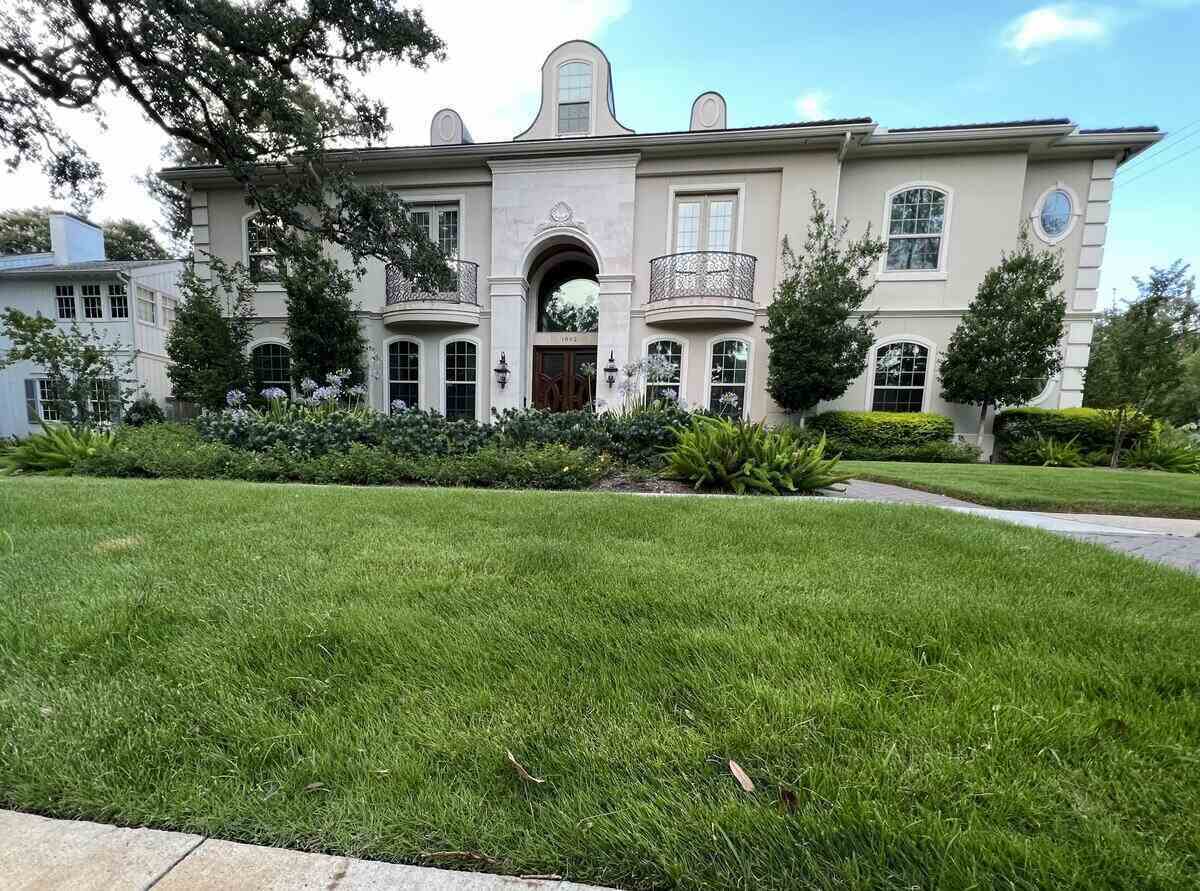
Which grass type is best in Houston, Texas? Here are the top five choices for Houston’s challenging climate:
- Bermudagrass
- Zoysiagrass
- Seashore Paspalum
- Centipedegrass
- St. Augustinegrass
- Honorable Mention: Carpetgrass
Grass Match Calculator for Houston
Your Personalized Recommendations
1. Bermudagrass
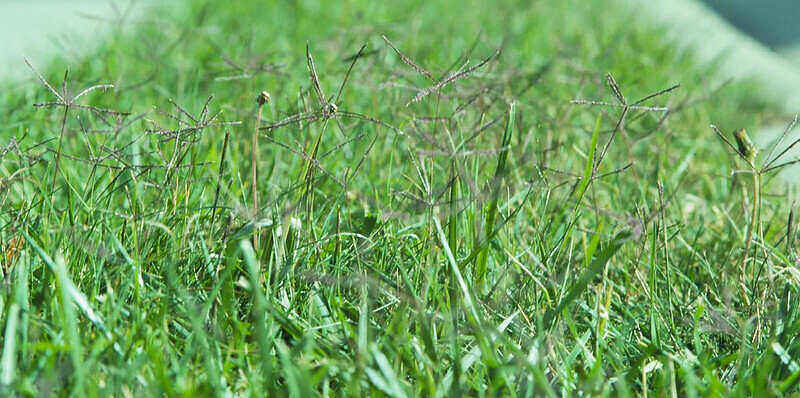
Photo Credit: Matt Levin / Flickr / CC BY-SA 2.0
Bermudagrass can be found throughout the Lone Star State but does best on the eastern side of Texas. It has a fine leaf texture and is often used for lawns, golf courses, and athletic fields. Since Bermudagrass has the best traffic tolerance of these five best grass types for Houston, it would be a good choice for those who worry about wear and tear.
Bermudagrass requires full sunlight, meaning those who want a shade-resistant lawn should look into other grass types. It also requires more mowing and nitrogen fertilizer than other varieties. However, its drought-tolerant nature means you’ll spend less time watering it. It has moderate cold tolerance and moderate to high salinity tolerance.
- Classification: Warm-season grass.
- Spreads by: Stolons (above-ground stems) and rhizomes (underground stems). Depending on the variety, it can be established using seeds, sod, sprigs, or plugs.
- Shade tolerance: Very low to low.
- Drought tolerance: Very good to excellent.
- Foot traffic tolerance: High.
- Maintenance needs: Mow every 3 to 7 days and fertilize frequently with nitrogen fertilizer. It has a low to moderate water requirement and disease potential.
- Recommended mowing height: 1 to 2 inches.
Grass Seed Options:
– Pennington Bermudagrass Bare Spot (5 lb. bag)
– Pennington Smart Seed Bermudagrass Mix (8.75-lb. bag)
– Scotts Turf Builder Bermudagrass (10-lb. bag)
– Hancock Seed Co. Bermudagrass (50-lb. bag)
2. Zoysiagrass
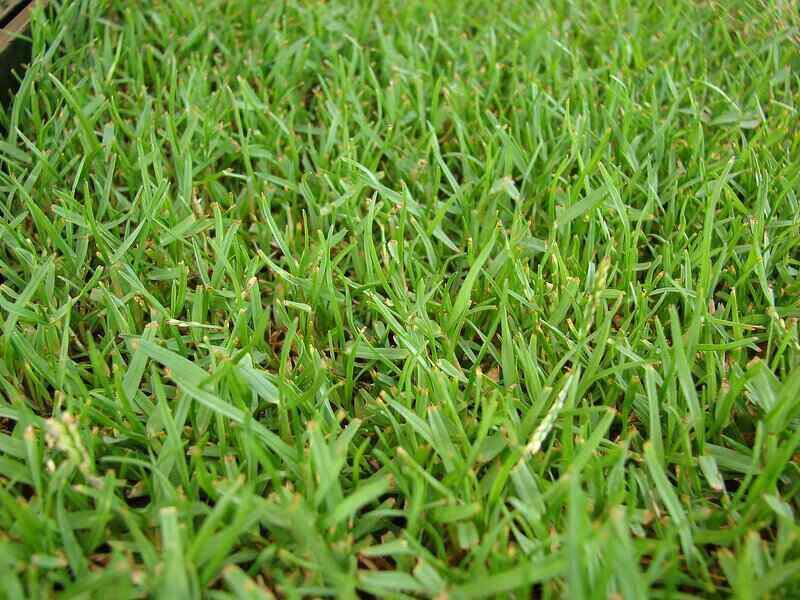
Photo Credit: Forest & Kim Starr / Wikimedia Commons / CC BY 3.0 US
Zoysiagrass is a popular warm-season grass that’s sought after for its dense growth habit and ability to resist damage when pets and kids traipse across the lawn. Not only does it stand up well against foot traffic, but it has the highest cold tolerance of this group and a moderate to high salinity tolerance.
Zoysiagrass and bermudagrass are both popular options in Texas, but there are some key differences between them. This medium- to fine-textured grass usually requires less nitrogen fertilizer than bermudagrass. Though it’s drought-tolerant, it tends to turn brown sooner than bermudagrass during extended dry periods. The seeded varieties require warm, well-prepared soils to germinate and are slower to establish than bermudagrass.
There are two main Zoysia varieties in Texas. Zoysia japonica is medium-textured and does well with normal lawn maintenance practices, but Zoysia matrella is better for those who want a finer leaf texture and denser turf, even if it requires more maintenance.
- Classification: Warm-season grass.
- Spreads by: Stolons (above-ground stems) and rhizomes (underground stems). The only seeded varieties are Zenith and Compadre. It’s best to establish Zoysia from sod rather than seeds, sprigs, or plugs since it takes longer to completely cover an area.
- Shade tolerance: Moderate to high.
- Drought tolerance: Very good, but it turns brown sooner during extended droughts.
- Foot traffic tolerance: Moderate to high. Slow to recover once damage occurs.
- Maintenance needs: Mow every 5 to 10 days. Zoysia japonica types do well with normal lawn maintenance practices, while Zoysia matrella types require more frequent mowing. Its water requirement is moderate, and it requires less nitrogen fertilizer than bermudagrass. It has a low to moderate disease potential.
- Recommended mowing height: 0.5 to 2 inches.
Grass Plug and Seed Options:
– Zoysia Plugs (50 Large Grass Plugs)
– Zoysia Plugs (50 Full & Lush Grass Plugs)
– Zoysia Plugs (100 Plugs)
– Zoysia Emerald Grass Seeds (1/8 lb. of seeds)
– Zenith Zenith Grass Seeds (1/8 lb. of seeds)
3. Seashore Paspalum
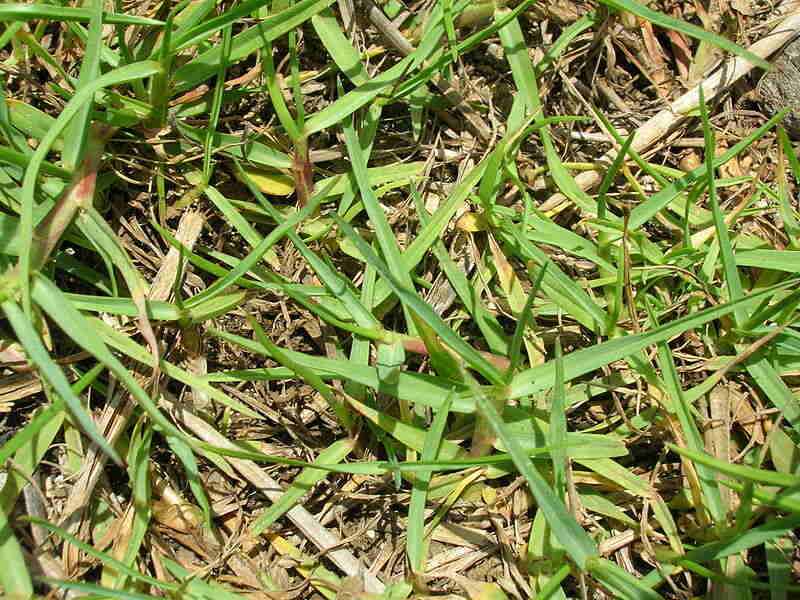
Photo Credit: Forest & Kim Starr / Wikimedia Commons / CC BY 3.0
Seashore paspalum grows best in the southern one-third of Texas since it doesn’t tolerate prolonged cold temperatures very well. As the name suggests, it’s well-suited for coastal environments where salinity in soil and irrigation water is a concern.
Seashore paspalum also requires less nitrogen fertilizer than bermudagrass. However, it doesn’t have a high shade tolerance.
This fine-textured grass is most often used for sports fields, golf course fairways, and high-maintenance lawns.
- Classification: Warm-season grass.
- Spreads by: Stolons (above-ground stems) and rhizomes (underground stems). It can be established from seed or sod.
- Shade tolerance: Low.
- Drought tolerance: Good.
- Foot traffic tolerance: Moderate to high.
- Maintenance needs: Mow every 3 to 7 days – yes, possibly every 3 days (remember we said this grass is high maintenance). It needs less nitrogen fertilizer than the improved bermudagrass varieties. It has a moderate water requirement and is tolerant of salinity in soil and irrigation water. Its disease potential is low.
- Recommended mowing height: 0.5 to 1 inch.
Grass Seed and Sod Options:
– Seed Ranch SeaShore Paspalum Coated Grass Seed – 1 lb.
– Seed World SeaShore Paspalum Grass Seeds (various amounts)
– Other places to purchase seashore paspalum sod
4. Centipedegrass
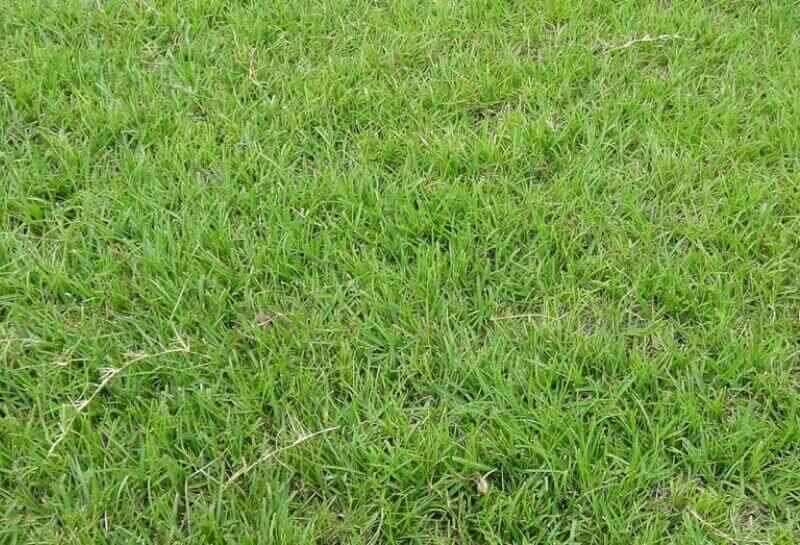
Photo credit: Michael Rivera / Wikimedia Commons / CC BY-SA 4.0
Centipedegrass is best adapted for East Texas. This slow-growing, coarse-leafed grass grows well in full sun and light shade, requiring little fertilizer and infrequent mowing. However, it doesn’t tolerate traffic, cold, salinity, or prolonged drought as well as other grass types. It also can’t be overseeded with cool-season grasses during the winter for color.
- Classification: Warm-season grass.
- Spreads by: Stolons (above-ground stems). Centipedegrass can be established with seed or sod, though seed establishment is slower compared to other grasses.
- Shade tolerance: Moderate.
- Drought tolerance: Moderate.
- Foot traffic tolerance: Low.
- Maintenance needs: Mow every 7 to 10 days. It requires little fertilizer and a moderate amount of water. Its disease potential is low to moderate.
- Recommended mowing height: 1.5 to 2 inches.
Grass Seed Options:
– Gulf Kist Coated Centipedegrass Seeds (1 lb.)
– Scotts EZ Seed Patch and Repair Centipedegrass (3.75 lbs.)
– TifBlair Centipedegrass (5-lb. bag)
– Pennington Centipedegrass and Mulch (5-lb. bag)
5. St. Augustinegrass
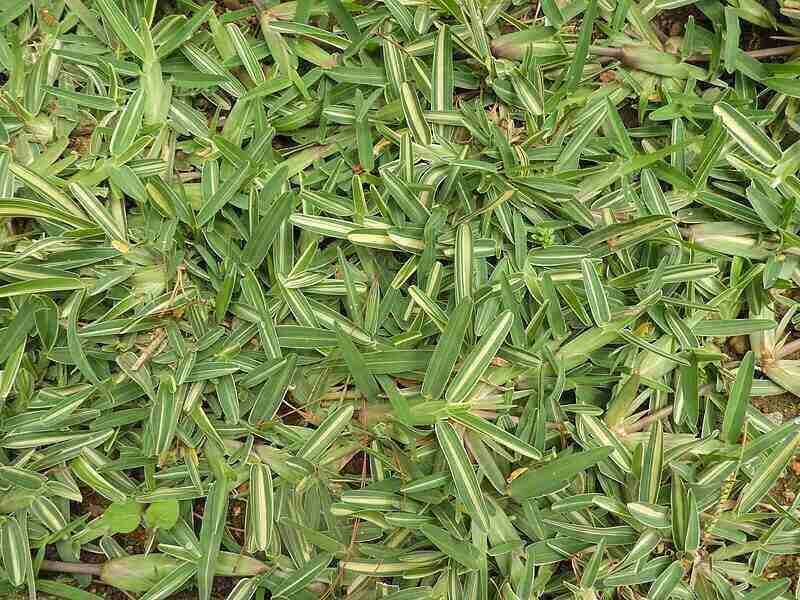
Photo Credit: Yercaud-elango / Wikimedia Commons / CC BY-SA 4.0
St. Augustinegrass can be grown in most of Texas, though it’s best adapted for southeast Texas and the Gulf Coast since it doesn’t tolerate cold weather. It has wider leaf blades and a coarser texture than other grass types. It’s the most shade-tolerant of the warm-season turfgrasses but is less drought tolerant than bermudagrass and zoysiagrass. It’s also not the most traffic-friendly.
St. Augustinegrass is usually used for lawns and established from sod. It has a good salinity tolerance, but this is the most disease-prone out of all these grasses, meaning it’s best for those who don’t mind higher-maintenance lawns.
- Classification: Warm-season grass.
- Spreads by: Stolons (above-ground stems). It’s usually established from sod.
- Shade tolerance: High.
- Drought tolerance: Good. The Floratam variety has the best drought tolerance.
- Foot traffic tolerance: Low.
- Maintenance needs: Mow every 5 to 7 days. It has a moderate water requirement and a high disease potential.
- Recommended mowing height: 2.5 to 3 inches.
Grass Plug Options:
– Seed Ranch St Augustine Seville Grass Plugs (2 Trays)
– Seed Ranch St Augustine Floratam Grass Plugs (2 Trays)
Honorable Mention: Carpetgrass
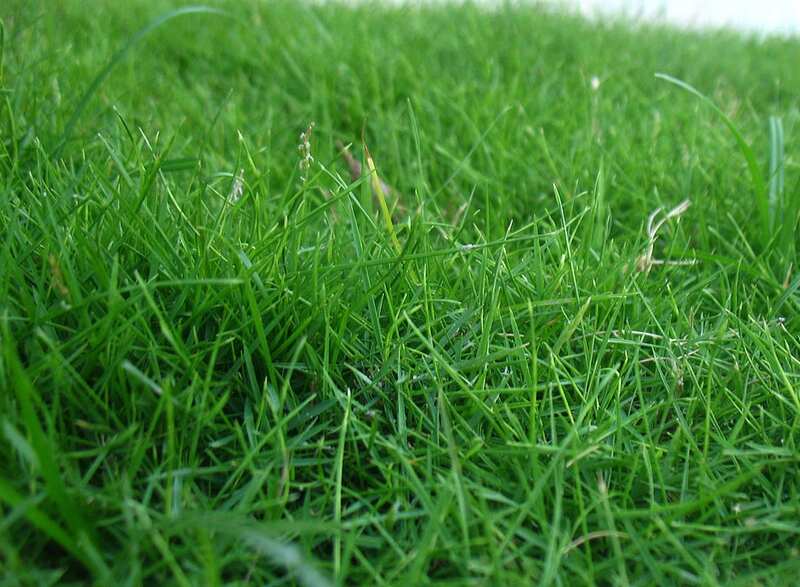
Photo Credit: Sugeesh / Wikimedia Commons / CC BY-SA 3.0
Carpetgrass gets mixed reviews from lawn lovers; they either see it as a low-maintenance option or a weed. However, if no other grass will take root in your yard, this one may be the answer to your prayers. It thrives in low-fertility, acidic, and wet soils.
Carpetgrass can tolerate more shade than bermudagrass but is not as traffic tolerant as bermudagrass or seashore paspalum. If your property is on a slope, it can help prevent erosion.
All types of carpetgrass produce tall seed heads or stalks during summer that look like weeds, so you’ll have to mow more frequently to prevent it from looking unkempt. It’s also susceptible to cold, salt, pests, and diseases. If you want grass that stays green all year, this is not the grass for you.
Narrowleaf carpetgrass is the variety usually used for lawns since it looks better and doesn’t spread as aggressively, whereas broadleaf carpetgrass spreads rapidly and can become a pain quickly.
- Classification: Warm-season grass.
- Spreads by: Stolons (above-ground stems).
- Shade tolerance: Moderate.
- Drought tolerance: Low. It will require irrigation during the summer and any droughts.
- Foot traffic tolerance: Moderate.
- Maintenance needs: Mow every 5 days in the summer. It needs little to no fertilizer and crowds out weeds. It requires frequent watering in fast-draining soil and dry seasons.
- Recommended mowing height: 2 inches.
Grass Seed Option:
– Carpetgrass seeds (coated) (2 lbs.)
How to Choose the Best Grass Type for Your Houston Lawn
Choosing the best grass type is a big decision and will depend on several factors. Consider these questions before you decide on the best grass type for your Houston lawn:
- What’s the best grass type for a sunny lawn?
Bermudagrass needs (and thrives with) plenty of sunlight.
- What’s the best grass type for a shady lawn?
St. Augustinegrass is the most shade-tolerant of the warm-season grasses, so it’s a good choice for yards with trees.
- What’s the best grass type for salty soil?
Seashore Paspalum can handle salinity in soil and irrigation water better than the rest.
- What grass requires the least amount of work?
Bermudagrass requires the least amount of water and centipedegrass requires the least amount of mowing.
- What is the best grass for dogs, kids, and guests?
Bermudagrass holds up well to foot traffic, so go ahead and invite the neighbors over for a barbecue.
If you select a type that isn’t well-suited for the local environment, then it will require more mowing, fertilization, and irrigation to keep it healthy and looking its best.
Warm-season grasses are best suited for the Southeastern parts of Texas, which narrows the search down. Though all warm-season grasses go dormant and turn brown in winter if it gets too cold, you can overseed your yard with the cool-season perennial ryegrass to improve its appearance.
Getting Started on Your Lawn
Once you’ve settled on the best grass type for your Houston lawn, you could handle the mowing, fertilization, and other yard care yourself. Or you could hire the best Houston lawn care pros to keep your grass green and healthy.
LawnStarter participates in the Amazon Services LLC Associates Program, an affiliate advertising program. LawnStarter earns revenue from products promoted in this article.
Main Photo Credit: Jeshue Betts / LawnStarter
